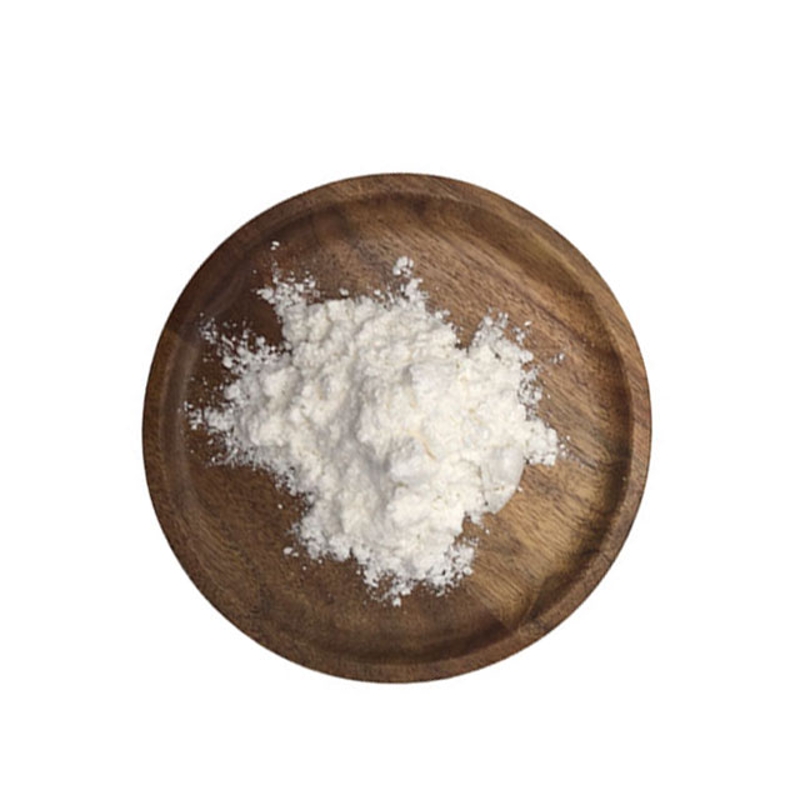-
Categories
-
Pharmaceutical Intermediates
-
Active Pharmaceutical Ingredients
-
Food Additives
- Industrial Coatings
- Agrochemicals
- Dyes and Pigments
- Surfactant
- Flavors and Fragrances
- Chemical Reagents
- Catalyst and Auxiliary
- Natural Products
- Inorganic Chemistry
-
Organic Chemistry
-
Biochemical Engineering
- Analytical Chemistry
- Cosmetic Ingredient
-
Pharmaceutical Intermediates
Promotion
ECHEMI Mall
Wholesale
Weekly Price
Exhibition
News
-
Trade Service
Brief history profile
The patient, female, 39 years old, had CT for
Surgery sees
Intrajejunal nodular mass with a size of 8×6.
pathology
Proliferative lymphoid tissue, complete and thickened envelope, atrophic lymphatic follicles scattered in lymphoid tissue (CD20++, CD3+, CD5+, CD43+), epilogenetic center atrophy with vitreous degeneration, mantle cell hyperplasia (bcl2++, CyclinD1-, CD43-), interfollicular angioproliferation, partial tube wall thickening with vitreous degeneration, and see sheet mature plasma cell hyperplasia, powder staining amorphous deposition
diagnosis
Giant lymph node hyperplasia
Diagnostic basis
Fig.
Figure 2 is about 1 cm of horizontal enhancement arterial phase scan on the cephalic side of Figure 1, the lesion is significantly strengthened, the lower enhancement area is visible in the center, and the hemosupply lesion of the superior mesenteric artery branch can be seen (arrow number);
Figure 3 shows the portal vein phase of the enhanced scan at the same level as Figure 2
Figure 4 shows the same level as Figure 2 at the enhancement scan venous phase, the degree of lesion intensification decreases rapidly;
Figure 5 Enhanced scanning portal vein stage thin layer scan by lesion long-diameter multiplane recombination (MPR), showing that the lesion is oblong, and the long axis is roughly the same as that of the mesenteric blood vessels (arrow number).
Comments
Massive lymph node hyperplasia, also known as Castleman's disease, the cause is unknown; The pathology is divided into type 2, which is common in clinical practice as a transparent vascular type, and a rare plasma cell type







